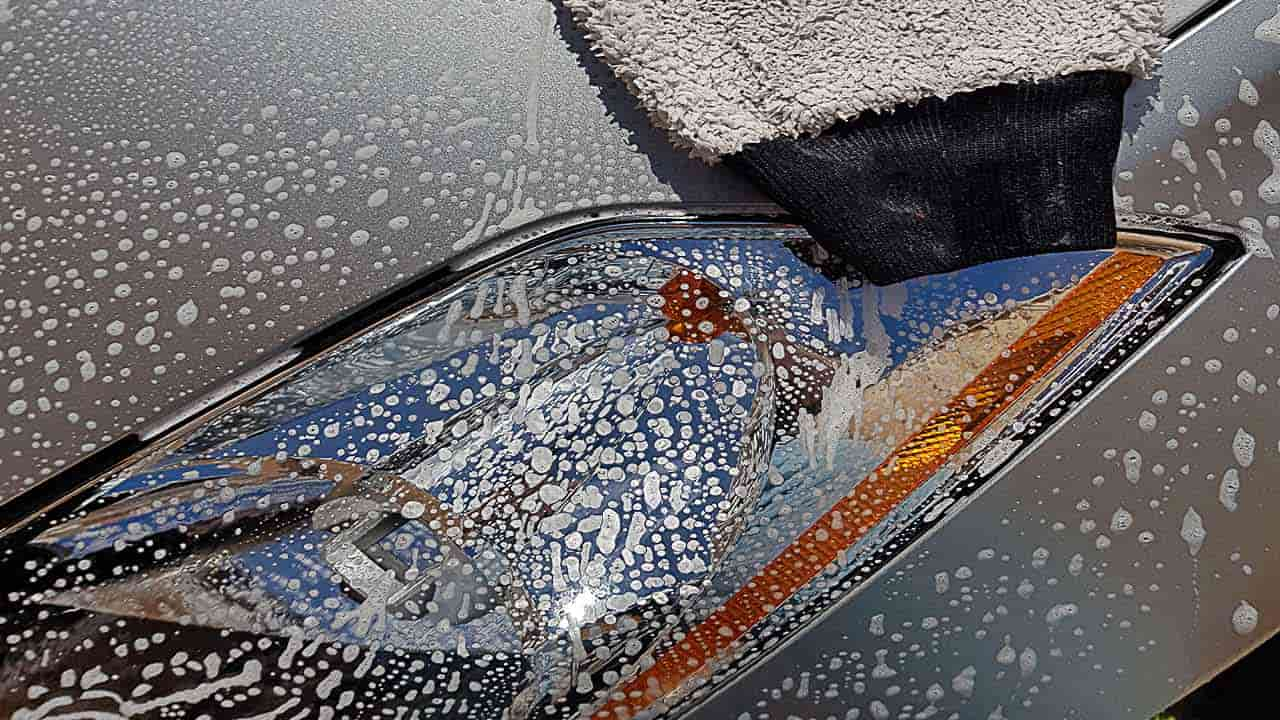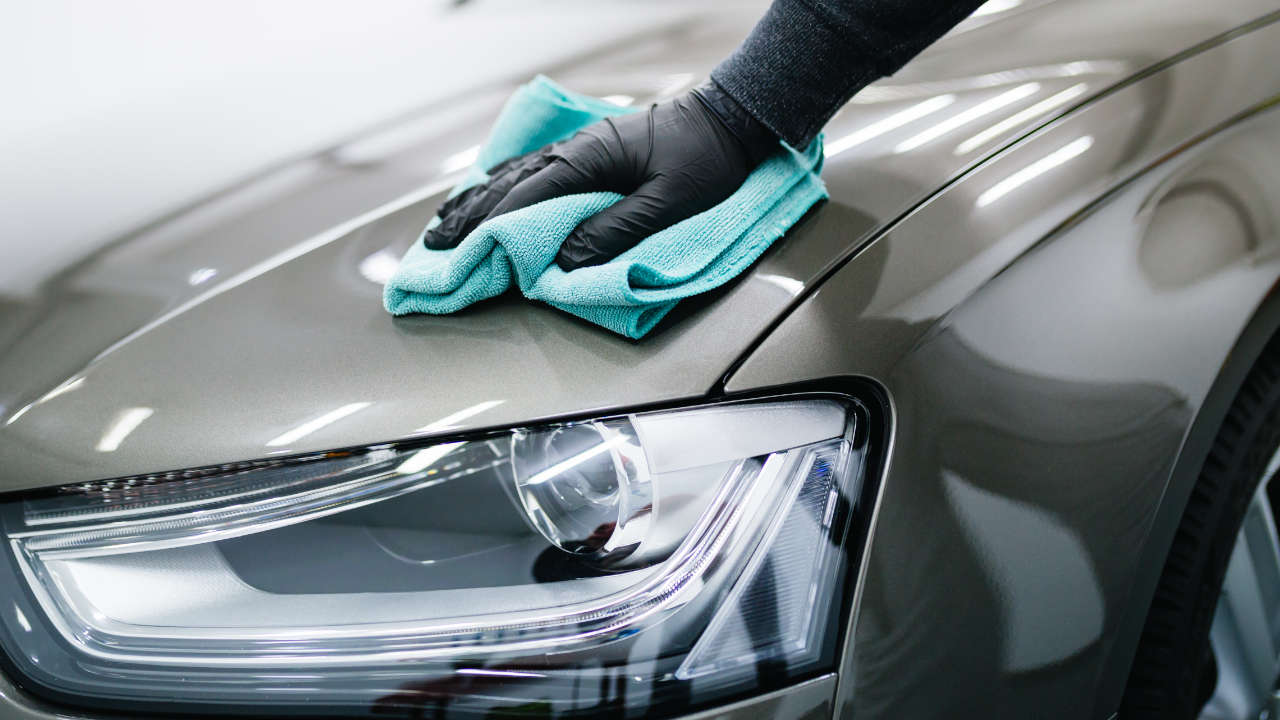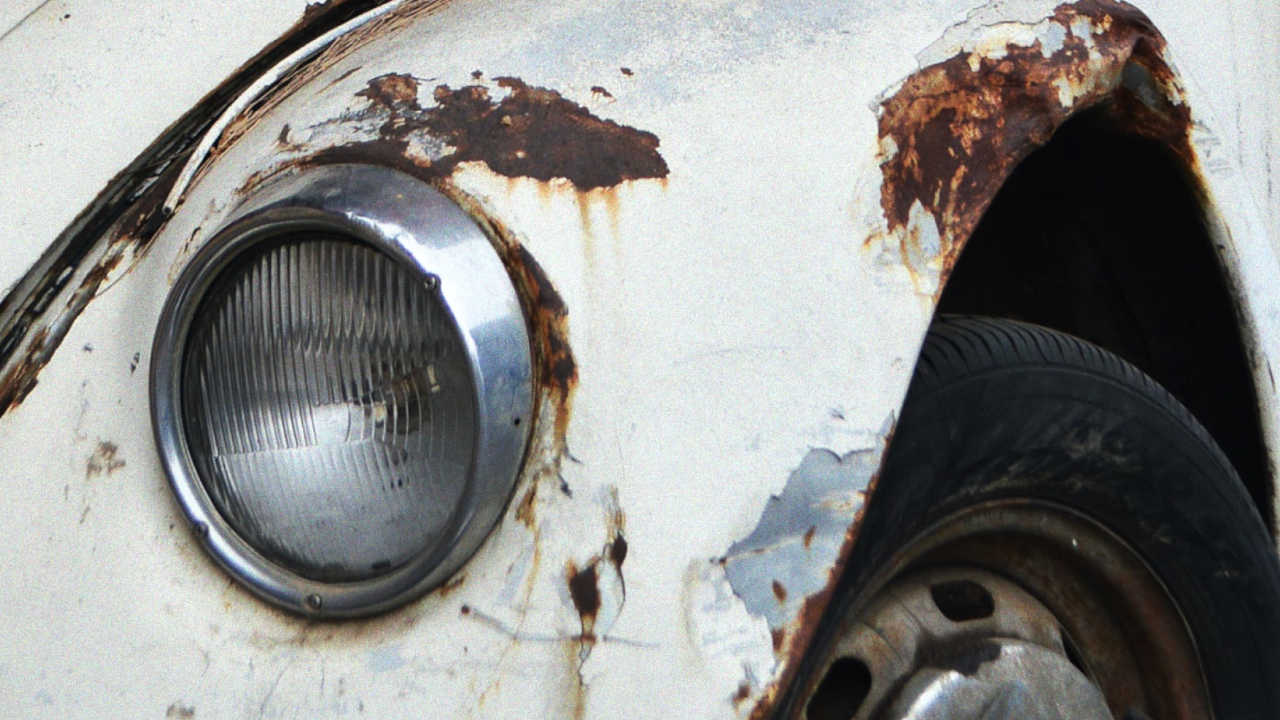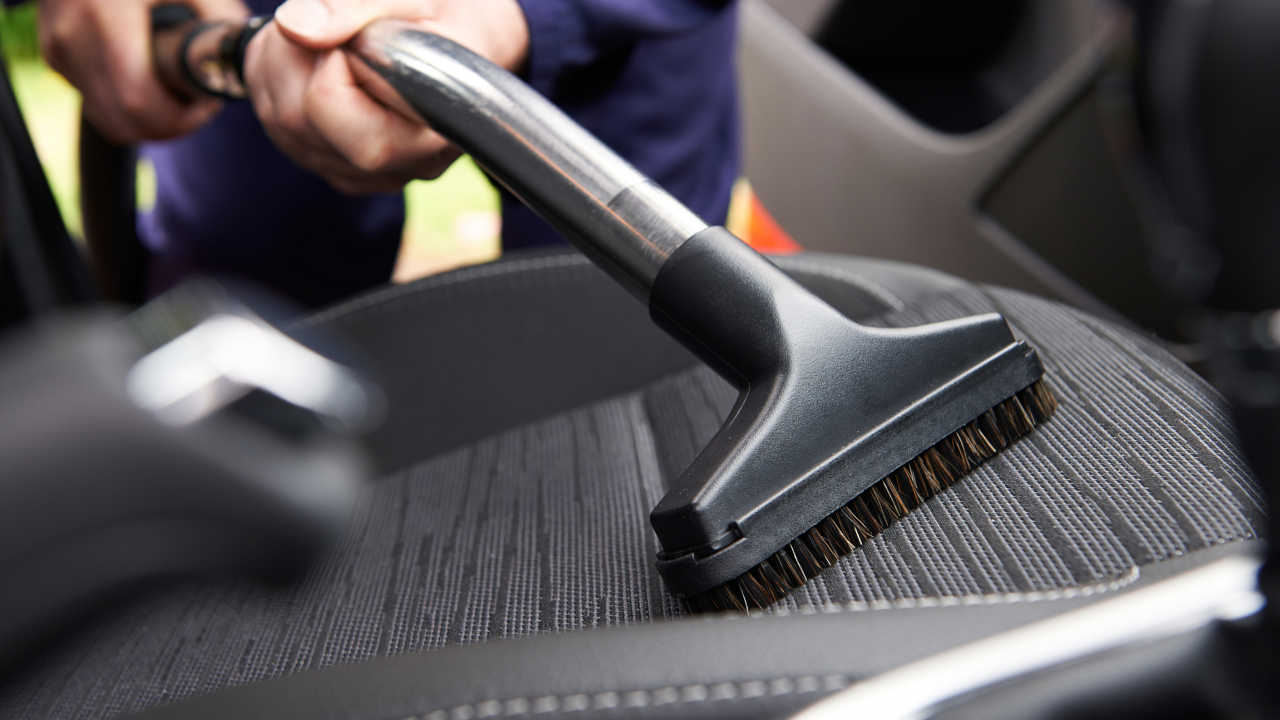Can You Get Your Car Washed in the Winter
The winter months
The season which strikes fear into many motorists, yes, we're talking about winter. Plummeting temperatures, freak weather and the nights drawing in mean drivers are faced with much trickier driving conditions.
But what about your car? As well as keeping on top of maintenance, winter car checks and keeping a winter car kit handy, do you still keep on top of your car's cleanliness?
If not, you could be damaging your paint and the car's overall condition come the winter months. So, what can you do to prevent unwanted hassle further down the line with your car's appearance? Find out more below.
Prepare for winter with the basics

The quickest and easiest way to prepare your car for winter is by adding a layer of wax, to give the paintwork of your car some enhanced protection in preparation for the barrage of winter grime.
This can be done after the general washing process (detailed below) and will mean that a barrier has been placed upon your paintwork, limiting the potential damage that can occur over winter.
Many modern waxes are now available, and are a lot easier to apply than waxes of old. It's possible to find spray on waxes which you apply directly onto your paint, and then simply jet wash off. Not only is this simple, it will go a long way in protecting your pride and joy.
Get the right equipment

A good basic checklist for washing a vehicle will include:
- A quality pressure washer
- Two buckets (one with car shampoo, one with fresh water)
- Washmitt x2 (less likely to cause scratching compared to a sponge, one for bodywork, one for the wheels)
- Microfibre cloths (ideal for drying paintwork or removing polish, wax etc.)
- Wheel brush (helps target all the nooks and crannies of the wheels)
- Car shampoo, pre-cleaner, wheel cleaner, polish, wax, tyre shine
- Cleaning gloves (optional - but good for hand protection)
Advanced car wash methods may include, but are not limited to:
- Snow foam
- Machine polisher
- Metal polish, plastic treatment
- Glass cleaner and detailing sprays
All items are available via good automotive accessory retailers and specialists.
Getting the process right

Search 'vehicle detailing' on the internet and you may discover there is much more to cleaning a car than first thought. For the owners of specialist cars, supercars, sports cars etc., a detail is the only route to go when washing a car.
However, if you just want to give your car a fighting chance in keeping it looking good and protecting the paint, then a good beginner's car washing process before winter will look something like this:
- Start with cleaning the wheels, letting the wheel cleaner soak for a short while before getting to grips with the inevitable grime and using the pressure washer to rinse.
- Apply pre-cleaner to bodywork to break up road and weather contaminants such as salt, bugs, tar, sap etc., snow foam is a great solution.
- Using the 'two-bucket method' begin washing the car. Rinse the washmitt in the fresh water bucket before doing the same in the bucket filled with car shampoo mixture. Wash a panel or section of the car bodywork and repeat the process until the whole car is clean, using the pressure washer to rinse away the shampoo once applied. The two-bucket method ensures dirt entering the washmitt is rinsed off between applications, therefore small debris collected is less likely to be scratched into the paint as it will fall to the bottom of the rinse bucket.
- Dry with a microfibre cleaning cloth - advanced washing methods will include a decontamination stage such as clay baring before drying. This ensures paint is as smooth as possible and gets rid of impurities such as ground-in tar spots, but is not essential for the general motorist.
- Once the car is dry, a polish or detailing spray will ensure a great shine is achieved.
- After polishing, waxing or sealing areas of the car will ensure your hard work is not undone and ensure a protective barrier over your paintwork and wheels.
NB: Special wheel sealant is a good idea for keeping expensive alloy wheels looking their best, as winter salt tends to attack the finish of alloy wheels, especially those which are chrome or machine-finished.
Finish off by applying tyre shine, plastic detailer etc. for enhanced detailing.
The two week rule

'But it will only get dirty again'…
Yes, this is true, especially in winter. However, by cleaning the car when possible and washing away all the contaminants such as salt will mean they will have less time to affect your cars paintwork and, in extreme cases, cause rust issues.
Owners of classic vehicles tend to garage their cars over the winter months as paint finish is less advanced on these older examples. Over winter, keeping any car sheltered or garaged (especially heated) will give the car a greater advantage in fighting off excess moisture, which if left or allowed to build up will cause surface corrosion and rust.
Yes, this is true, especially in winter. However, by cleaning the car when possible and washing away all the contaminants such as salt will mean they will have less time to affect your cars paintwork and, in extreme cases, cause rust issues.
Owners of classic vehicles tend to garage their cars over the winter months as paint finish is less advanced on these older examples. Over winter, keeping any car sheltered or garaged (especially heated) will give the car a greater advantage in fighting off excess moisture, which if left or allowed to build up will cause surface corrosion and rust.
Don't forget the interior

So, you've applied a protective layer to your paint, and understand the importance of keeping the salt and winter contamination at bay in order to prevent rust, but what about the interior?
Again, preparation is key. Moisture will do its best to play havoc with the interior of your car, resulting in condensation and fogging to the inside of the windows. Therefore, keeping your interior dry is important.
Applying anti-fog solution to the inside of windows is a good preventative measure, along with ensuring the interior is kept as dry as possible - getting rid of excess water or snow before entering the car.
And it's good practice to hoover the car at least once a week to keep it feeling fresh.
Inspired? Or perhaps you fancy selling?
By following these tips, you could well save the overall look and finish of your car's appearance. It will also mean that if you do decide to sell the car in the future, a well looked after car with perfect paintwork will sell far quicker than one that has been neglected.
Thinking of selling? check out our Sell Your Car page and get a quick valuation. Or why not check out our new or used car offers.
Can You Get Your Car Washed in the Winter
Source: https://www.evanshalshaw.com/blog/5-top-tips-for-washing-your-car-in-winter/